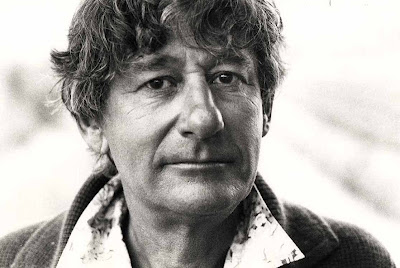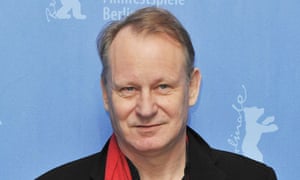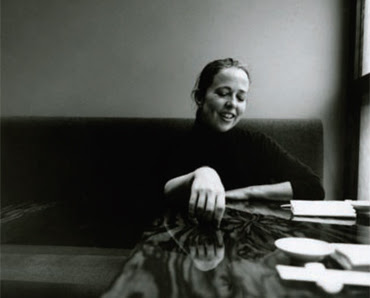 |
| Cruz de sangre Pamplona, 2010 Photo by Triunfo Arciniegas |
We are such stuff
As dreams are made on
As dreams are made on
By William Shakespeare
Prospero:
Our revels now are ended. These our actors,
As I foretold you, were all spirits, and
Are melted into air, into thin air:
And like the baseless fabric of this vision,
The cloud-capp'd tow'rs, the gorgeous palaces,
The solemn temples, the great globe itself,
Yea, all which it inherit, shall dissolve,
And, like this insubstantial pageant faded,
Leave not a rack behind. We are such stuff
As dreams are made on; and our little life
Is rounded with a sleep.
As I foretold you, were all spirits, and
Are melted into air, into thin air:
And like the baseless fabric of this vision,
The cloud-capp'd tow'rs, the gorgeous palaces,
The solemn temples, the great globe itself,
Yea, all which it inherit, shall dissolve,
And, like this insubstantial pageant faded,
Leave not a rack behind. We are such stuff
As dreams are made on; and our little life
Is rounded with a sleep.
Anticipating his daughter's wedding to the Prince of Naples, Prospero has staged a short entertainment, with spirits taking the parts of Roman gods. But he abruptly cuts the fun short when he remembers some pressing business. He tries to calm the startled couple by explaining, somewhat off the point, that the "revels" (performance) they've witnessed were simply an illusion, bound sooner or later to melt into "thin air"—a phrase he coins.
Prospero's metaphor applies not just to the pageant he's created on his fictional island, but also to the pageant Shakespeare presents in his Globe Theater—the "great globe itself." Dramatic illusion in turn becomes a metaphor for the "real" world outside the Globe, which is equally fleeting. Towers, palaces, temples, the Globe theater, the Earth—all will crumble and dissolve, leaving not even a wisp of cloud (a "rack") behind. Prospero's "pageant" is the innermost Chinese box: a play within a play (The Tempest) within a play (the so-called "real" world).
Merrily, merrily, merrily, merrily, life is but a dream, and people are the "stuff" dreams are "made on" (built of)—just as characters might be called the "stuff' plays are "built on." "Our little life" is like a brief dream in some divine mind, "rounded with a sleep"—that is, either "surrounded" by sleep or "rounded off" (completed) by sleep. Prospero seems to mean that when we die, we awake from the dream of life into true reality—or at least into a truer dream.
"The stuff of dreams" seems to derive from this passage, but it only superficially resembles Prospero's pronouncement. "The stuff of dreams" as we use it today refers to a scenario one can only fantasize—something devoutly to be wished. Prospero's "stuff" refers to the materials that go into creating an illusion, not to the object of a wish.
Take note that Prospero says "made on," not "made of," despite Humphrey Bogart's famous last line in the 1941 film The Maltese Falcon: "The stuff that dreams are made of." (Bogart suggested the line to director John Huston, but neither seems to have brushed up his Shakespeare.) Film buffs may think "made of" is the authentic phrase, but they're only dreaming.















_2005-2006-norton-museum1-5-12-7.jpg)

_2010_norton-museum1-5-12-6.jpg)

















